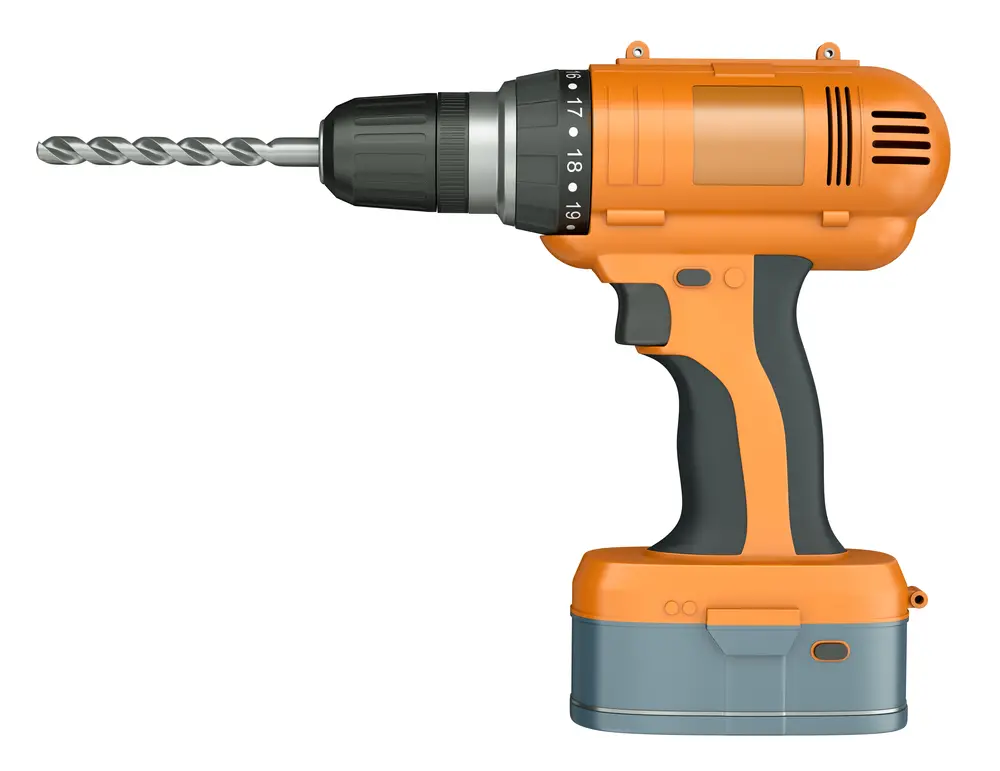While trying to make your interior beautiful and attractive, you will want to add a few aesthetic items on the wall.
However, you need to be careful about hammering or drilling into the wall, since you may accidentally pierce wiring or a pipe.
In the process of finding the right place to drill a nail or screw and attach something, you might want to know….
Can You Drill Into A Vent?
Well, there seems to be nothing worse than drilling into your vents. This is because there will be leakages, and the air vents might not function as they should. Apparently, vents work together with air ducts to ensure your house is well-ventilated, air-conditioned, and heated when the need arises. Drilling into an air vent is literally damaging the entire system.
In case of an accident, you will have to quickly repair the vent, or you will end up paying more on energy bills due to the wastage experienced.
It is better to avoid making holes into the ventilation and avoid such extra costs.
See Also: Can You Electrocute Yourself Drilling Into A Wall?
This post will cover more on vent types, their location, and, most importantly, the way to hang items on the wall without drilling in the air vent.
The TWO Types Of Vents
Air vents are the metal plates that cover holes responsible for letting fresh air to the house.
They are categorized into two, with each category serving its particular purpose.
Basically, understanding their difference will help you not to drill into them by all means.
These types are
1. Return Vents
The return vents are usually large, and their primary function is to suck air outs of your house.
It then moves it to the home’s air conditioning system to be filtered and purified.
Afterward, the system will return temperature-controlled clean air to the home.
If you want to use the heating-only applications, you can use the low-return ducts. Make use of the artic if you want the return vents to bring warm air.
2. Supply Vents
Unlike return vents, supply vents’ main function is to supply or blow purified and conditioned air inside your rooms.
The supply vents are usually smaller than the return vents.
Location Of Air Vents
Usually, return and supply vents are positioned at different places of the house.
If positioned too close, one cent will render the other less effective. For instance, if put closer, the blown out will be drawn back by the other vent before it even gets used.
Typically, this is the main reason why the location of a vent is important to its effective functionality.
In older homes, you will find vents placed near the floor.
This position is usually affected by rugs, furniture, and carpet because they block the vents, thus overworking the HVAC system.
For other scenarios, these lower vents attract dust and moisture, forming molds within the vents. The mold then blocks the vents, rendering them useless.
When placed close to the floor, the vents may not meet the required airflow of a modern house. They also cause a decorative dilemma.
Ceiling ventilation becomes the most appropriate in most homes, as they are likely to function effectively with little or no hindrance.
If you want to drill anything into your walls, it is important to inspect it carefully to avoid drilling into ceiling vents, pipes, and cables.
Use a pipe or a live wire detector to confirm if there is anything inside the wall area you wish to drill.
If the detector indicates the presence of anything underneath the wall, you will have to move to another place.
FIVE Ways To Prevent Yourself From Mistakenly Drilling Into An Air Vent
Apparently, you can easily decorate your space by making use of the walls without necessarily drilling.
Here are a few tips to help you avoid drilling inside your wall vents:
1. Adhesive Strips
They work best on smooth walls and décor items with flat backings. Adhesive strips are also suitable for light items.
You won’t make any holes on the wall when installing the adhesive strip, and you can only put items with below 5 pounds of weight.
3. Monkey Hooks
Monkey hooks are j-shaped hooks that work best with frames or items that have wires at the back.
The wires are mainly used to attach a picture on the hook. Mounting these hooks on the wall is simple and requires no tools.
The hooks can support up to 50 pounds of weight.
4. Use Wire Hangers
Wire hangers can support up to 50 pounds of weight to the drywall. This is the best option since most pictures and décor weigh less than 50 pounds.
The option leaves your walls undamaged when you want to remove the décor.
Additionally, the wire hanger can as well be easily removed. Another pro tip of wire hangers is that they are easy and fast to install.
5. Hercules Hooks
The Hercules hooks can support up to 150 pounds of a décor item.
To install the hooks, you only have to push them against the wall with the hook facing the upside.
Literally, the best way to stop drilling into your vents is by carefully planning your home’s layout.
Once it is perfect, you are less likely to drill inside the vents, pipes, or power cables.
Takeaways
Air vents serve a vital role when it comes to keeping your home air-conditioned.
Considering the importance of having clean and conditioned air flowing within your interior space, you may not want to have your system damaged.
One common way of damaging vents is by drilling in or through them.
This mistake can be avoided by ensuring you check the vents’ position before you start drilling in the wall.
You can also consider the tips above and avoid drilling in your vents.

